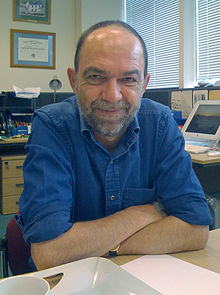
DNA profiling is the process of determining an individual's deoxyribonucleic acid (DNA) characteristics. DNA analysis intended to identify a species, rather than an individual, is called DNA barcoding.

Forensic science, also known as criminalistics, is the application of science principles and methods to support legal decision-making in matters of criminal and civil law.

The University of Leicester is a public research university based in Leicester, England. The main campus is south of the city centre, adjacent to Victoria Park. The university's predecessor, University College, Leicester, gained university status in 1957.

Sir Cyril Astley Clarke, KBE, FRCP, FRCOG, (Hon) FRC Path, FRS was a British physician, geneticist and lepidopterist. He was honoured for his pioneering work on prevention of Rh disease of the newborn, and also for his work on the genetics of the Lepidoptera.
In genetics, a minisatellite is a tract of repetitive DNA in which certain DNA motifs are typically repeated two to several hundred times. Minisatellites occur at more than 1,000 locations in the human genome and they are notable for their high mutation rate and high diversity in the population. Minisatellites are prominent in the centromeres and telomeres of chromosomes, the latter protecting the chromosomes from damage. The name "satellite" refers to the early observation that centrifugation of genomic DNA in a test tube separates a prominent layer of bulk DNA from accompanying "satellite" layers of repetitive DNA. Minisatellites are small sequences of DNA that do not encode proteins but appear throughout the genome hundreds of times, with many repeated copies lying next to each other.

Sir Walter Fred Bodmer is a German-born British human geneticist.

Mario Ramberg Capecchi is an Italian-born molecular geneticist and a co-awardee of the 2007 Nobel Prize in Physiology or Medicine for discovering a method to create mice in which a specific gene is turned off, known as knockout mice. He shared the prize with Martin Evans and Oliver Smithies. He is currently Distinguished Professor of Human Genetics and Biology at the University of Utah School of Medicine.
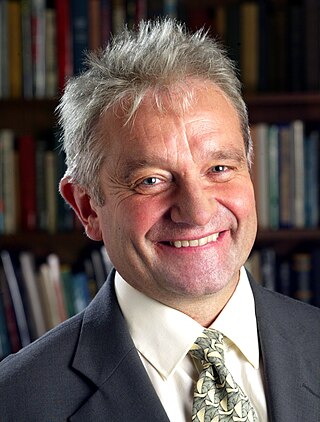
Sir Paul Maxime Nurse is an English geneticist, former President of the Royal Society and Chief Executive and Director of the Francis Crick Institute. He was awarded the 2001 Nobel Prize in Physiology or Medicine, along with Leland Hartwell and Tim Hunt, for their discoveries of protein molecules that control the division of cells in the cell cycle.

Sir Martin John EvansFLSW is an English biologist who, with Matthew Kaufman, was the first to culture mice embryonic stem cells and cultivate them in a laboratory in 1981. He is also known, along with Mario Capecchi and Oliver Smithies, for his work in the development of the knockout mouse and the related technology of gene targeting, a method of using embryonic stem cells to create specific gene modifications in mice. In 2007, the three shared the Nobel Prize in Physiology or Medicine in recognition of their discovery and contribution to the efforts to develop new treatments for illnesses in humans.
Sir Peter James Donnelly is an Australian-British mathematician and Professor of Statistical Science at the University of Oxford, and the CEO of Genomics PLC. He is a specialist in applied probability and has made contributions to coalescent theory. His research group at Oxford has an international reputation for the development of statistical methodology to analyze genetic data.

Sir Edwin Mellor Southern is an English Lasker Award-winning molecular biologist, Emeritus Professor of Biochemistry at the University of Oxford and a fellow of Trinity College, Oxford. He is most widely known for the invention of the Southern blot, published in 1975 and now a common laboratory procedure.

Oliver Smithies was a British-American geneticist and physical biochemist. He is known for introducing starch as a medium for gel electrophoresis in 1955, and for the discovery, simultaneously with Mario Capecchi and Martin Evans, of the technique of homologous recombination of transgenic DNA with genomic DNA, a much more reliable method of altering animal genomes than previously used, and the technique behind gene targeting and knockout mice. He received the Nobel Prize in Physiology or Medicine in 2007 for his genetics work.
Orchid Cellmark Ltd is a UK based DNA and forensic testing company with a history of UK and US ownership.

Sir David Charles Baulcombe is a British plant scientist and geneticist. As of 2017 he is a Royal Society Research Professor. From 2007 to 2020 he was Regius Professor of Botany in the Department of Plant Sciences at the University of Cambridge.

Body identification is a subfield of forensic science that uses a variety of scientific and non-scientific methods to identify a body. Forensic purposes are served by rigorous scientific forensic identification techniques, but these are generally preceded by formal identification. This involves requesting a family member or friend of the victim to visually identify the body.

The International Society for Forensic Genetics – ISFG is an international non-profit scientific society founded in 1968. The main goal of the society is to advance the field of forensic genetics, also termed DNA profiling, through dissemination of scientific results and opinions, communication amongst scientists and education. The bi-annual international ISFG congresses, international workshops and seminars, the society’s scientific journal, and the scientific recommendations on current topics all work towards this goal. The society’s website contains up to date information on all activities.
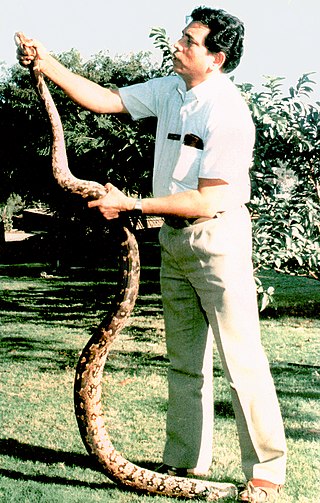
Lalji Singh FNA, FASc was an Indian scientist who worked in the field of DNA fingerprinting technology in India, where he was popularly known as the "Father of Indian DNA fingerprinting". Singh also worked in the areas of molecular basis of sex determination, wildlife conservation forensics and evolution and migration of humans. In 2004, he received the Padma Shri in recognition of his contribution to Indian science and technology.
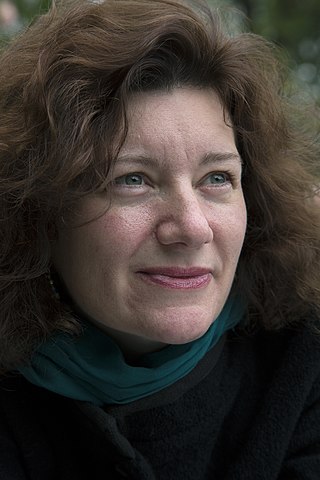
Turi Emma King is a Canadian-British professor of Public Engagement and Genetics at the University of Leicester. In 2012, King led the DNA verification during the exhumation and reburial of Richard III of England. She is also known for featuring with Stacey Dooley on the BBC Two genealogy series, DNA Family Secrets.
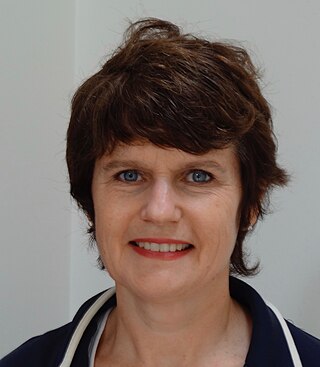
Nicola Jane Royle is a British geneticist who heads the Telomere Research Group in the Department of Genetics and Genome Biology at the University of Leicester. She is a specialist in the cellular processes that affect the stability of telomeres, the essential DNA-protein structures that cap the ends of chromosomes and play significant roles in cancer and ageing.

Erika Hagelberg is a British Evolutionary geneticist and Professor of Biosciences at the University of Oslo. She works on ancient DNA and pioneered a means to extract DNA from bones. Her research has applications in evolutionary biology and forensic science.
